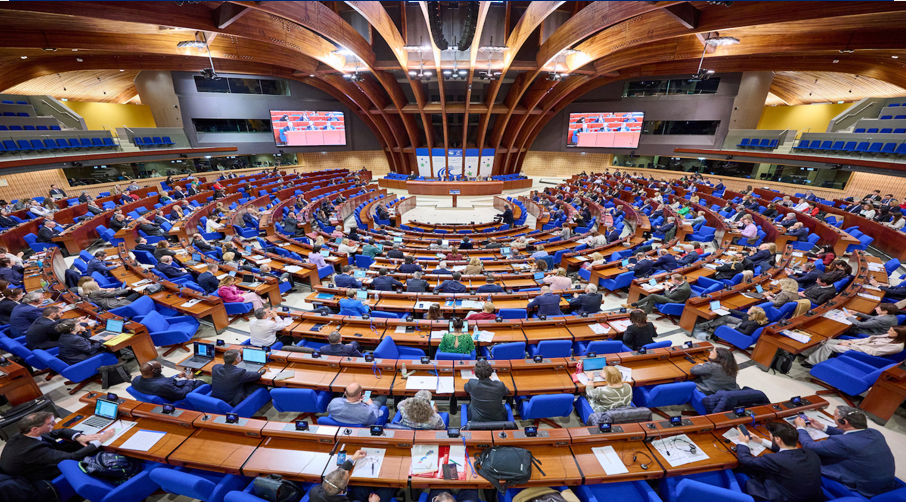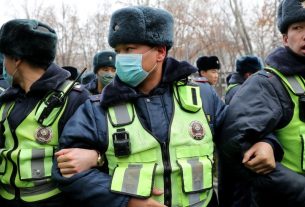On March 12, 2025, the Committee of Ministers of the Council of Europe unanimously adopted a new treaty — the European Convention for the Protection of the Profession of Lawyer — a long-anticipated legal instrument designed to strengthen safeguards for lawyers across the continent. With its official opening for signature on May 13 during a Council of Europe ministerial meeting in Luxembourg, the Convention is already being hailed by supporters as a vital step forward for defending the rule of law. But critics question whether the treaty offers real protection or merely codifies existing principles without enforcement teeth.
A Response to Mounting Threats
The Convention arrives amid growing concern over the deteriorating status of legal professionals in many European states, particularly in nations exhibiting authoritarian tendencies. Lawyers have faced increasing political intimidation, arbitrary prosecution, physical violence, and, in some cases, assassination. In countries like Turkey, Poland, and Hungary, legal professionals defending opposition figures or human rights activists have been targeted with state-sponsored reprisals.
Against this backdrop, the Convention purports to establish a comprehensive legal framework for safeguarding the independence, security, and functional autonomy of lawyers. It draws from existing instruments, including the United Nations Basic Principles on the Role of Lawyers and the European Court of Human Rights (ECtHR) jurisprudence, but seeks to elevate these norms to the level of a binding treaty.
Key Provisions: Legal Groundwork for Protection
At its core, the Convention recognizes that the independence of the legal profession is essential for upholding justice and protecting human rights. Key articles include:
- Article 10, which guarantees lawyers’ right to carry out their professional duties free from intimidation or interference;
- Article 7, which enshrines the inviolability of lawyer-client confidentiality;
- Article 4, which reinforces the autonomy of bar associations, requiring governments to consult them before making procedural or regulatory changes;
- Article 8, which mandates independent and impartial review of disciplinary proceedings against lawyers.
These provisions offer normative clarity and could be especially meaningful in jurisdictions where judicial independence is under threat. By affirming the professional and personal security of lawyers, the Convention aims to shield them from politically motivated legal action and surveillance.
The Enforcement Gap: A Fatal Flaw?
Despite its aspirations, the Convention’s lack of robust enforcement mechanisms is a major concern. Unlike the ECtHR, which issues binding judgments, the Convention relies on a peer-review system akin to the Group of States against Corruption (GRECO). While this may foster political pressure, it does not provide victims with a path to justice or governments with binding obligations.
Moreover, while the Convention references the ECtHR and the European Convention on Human Rights (ECHR), it does not create new justiciable rights. Protection under its framework may only be indirectly pursued through related ECHR provisions — a process that requires exhaustion of domestic remedies, which are often unavailable or ineffective in compromised legal systems.
Overlooked Vulnerabilities: Exile, Emergencies, and Non-State Actors
The Convention also fails to address several modern challenges:
- Exiled lawyers, increasingly targeted by transnational repression through misuse of Interpol red notices and travel bans, receive no explicit protections.
- Emergency mechanisms to intervene in cases of imminent danger or arbitrary detention are absent, leaving lawyers in crisis without immediate international support.
- Threats from non-state actors — such as extremist groups, organized crime, or proxy militias — are not clearly addressed, despite ECtHR precedent obliging states to protect individuals from third-party violence.
The lack of detailed guidance on the composition of independent disciplinary review bodies (Article 8) further raises doubts about the Convention’s practical impact, especially in countries where such bodies are influenced by executive power.
Symbolism vs. Substance: Will States Comply?
History shows that treaty ratification does not always lead to compliance. Several Council of Europe member states, such as Azerbaijan or Turkey, routinely violate their obligations under the ECHR. Without meaningful political will or institutional pressure, the Convention risks becoming yet another symbolic gesture — rich in legal language but poor in tangible impact.
Still, the Convention’s global potential should not be ignored. By allowing non-member states to sign, it offers a framework for broader international engagement on legal professional protections. If adopted and operationalized globally, it could shape a stronger transnational legal culture grounded in the rule of law.
Outlook: A Legal Framework in Search of Political Muscle
Whether the European Convention for the Protection of the Profession of Lawyer becomes a genuine shield or simply another aspirational document will depend on what follows. Civil society organizations, legal associations, and international institutions must now pressure governments to ratify, implement, and monitor compliance rigorously. Equally, the European Union and United Nations can amplify the Convention’s influence by integrating its principles into funding conditions, diplomatic frameworks, and human rights mechanisms.
Ultimately, the Convention represents a milestone in norm-setting, but one that must be matched by political courage and institutional accountability if it is to deliver on its promises.



